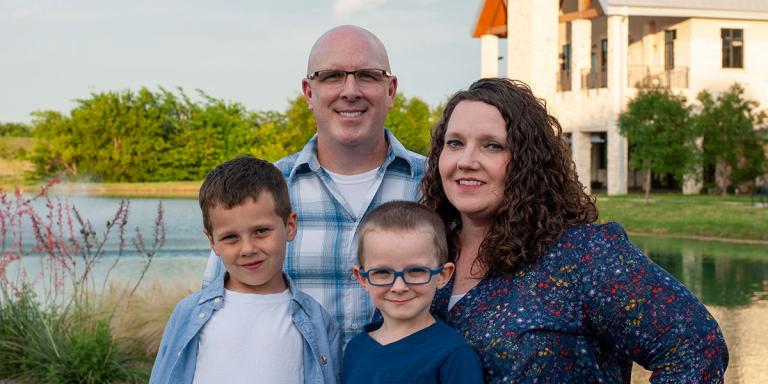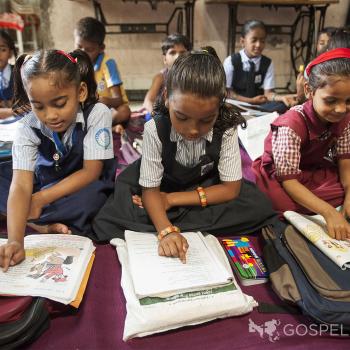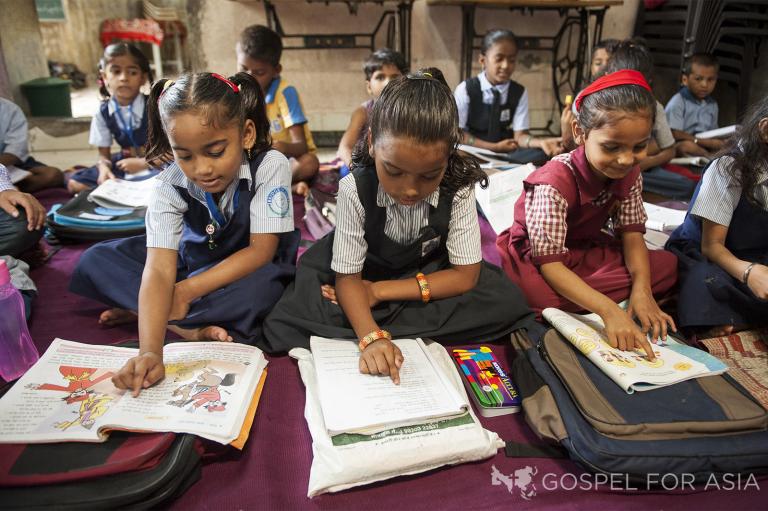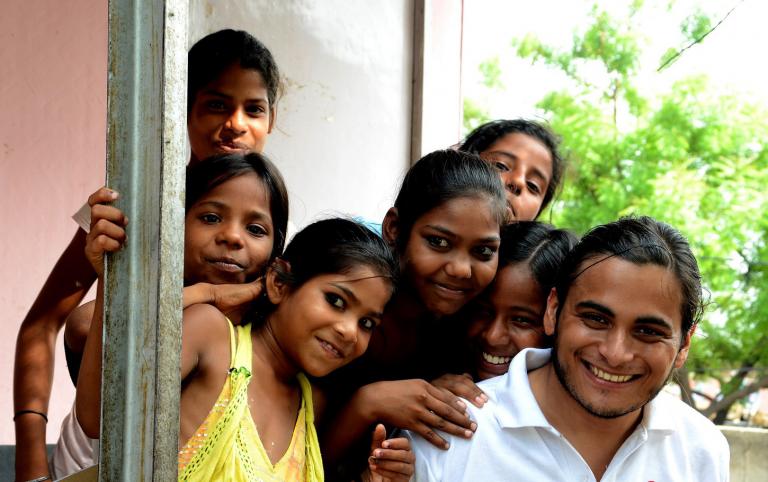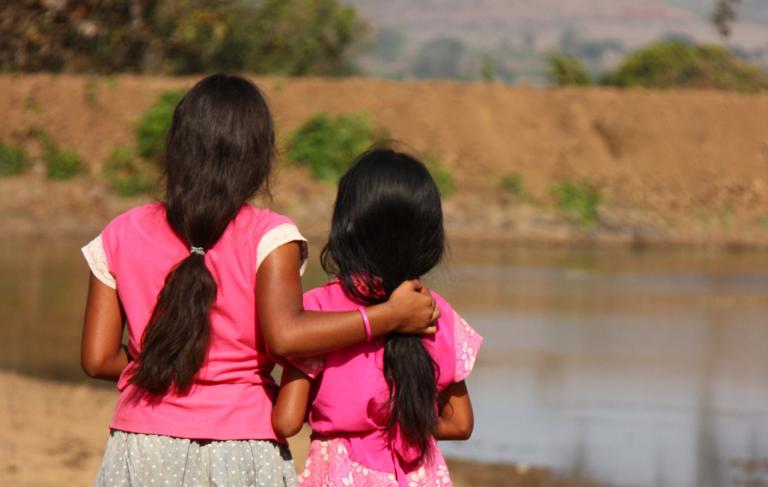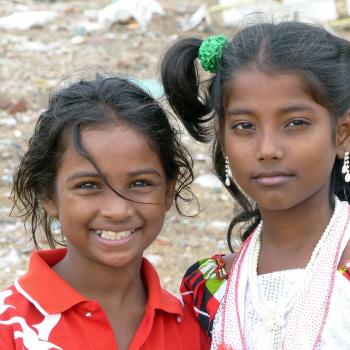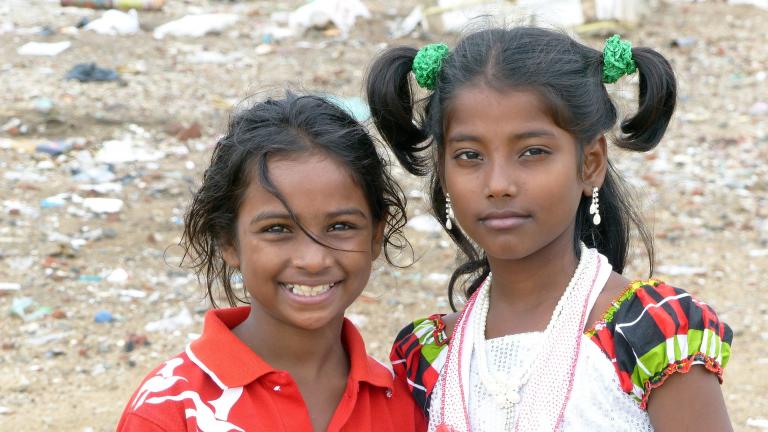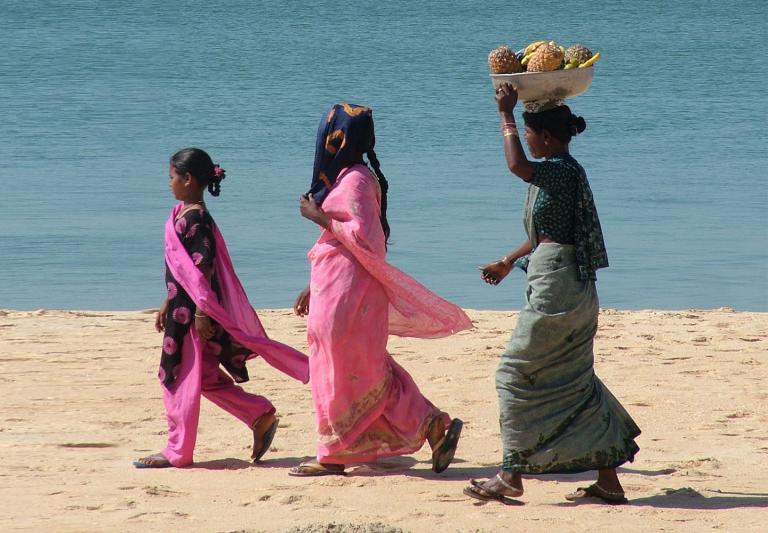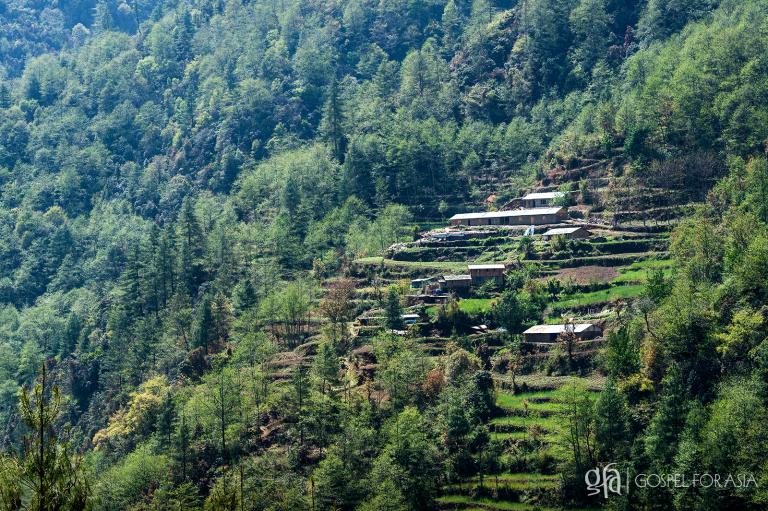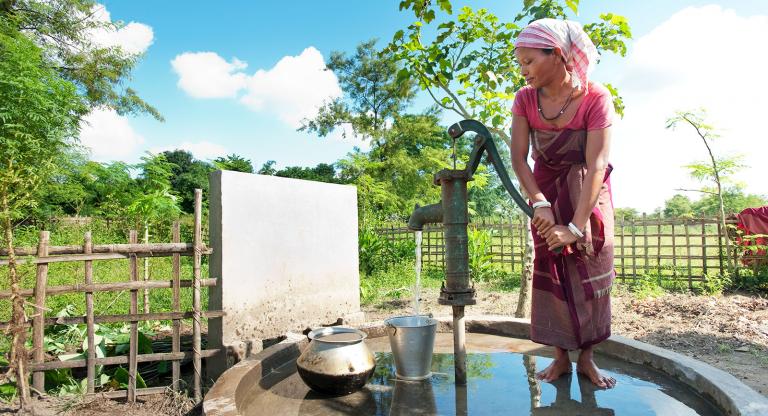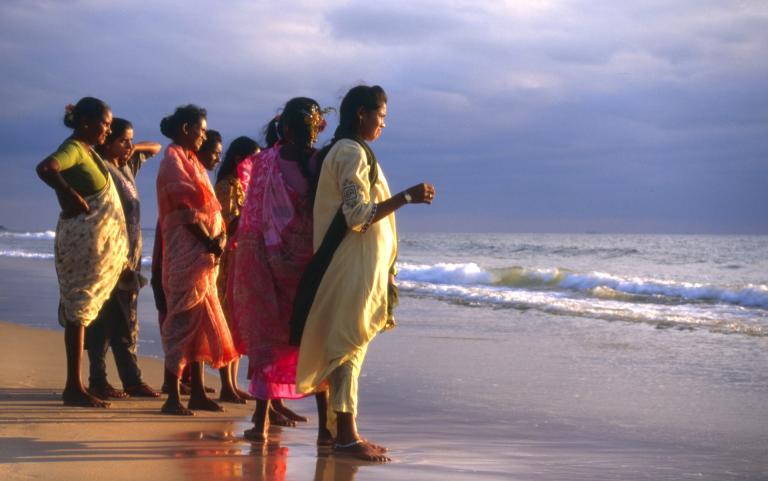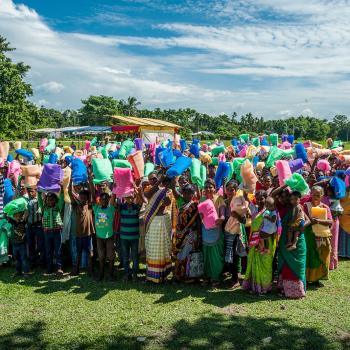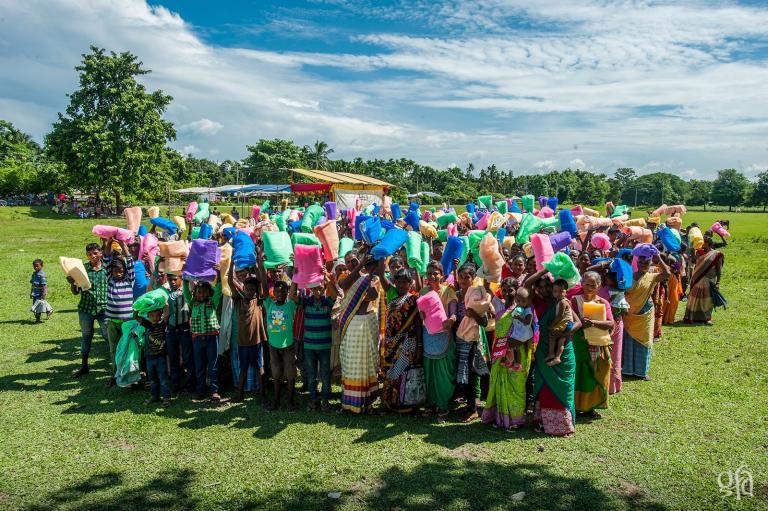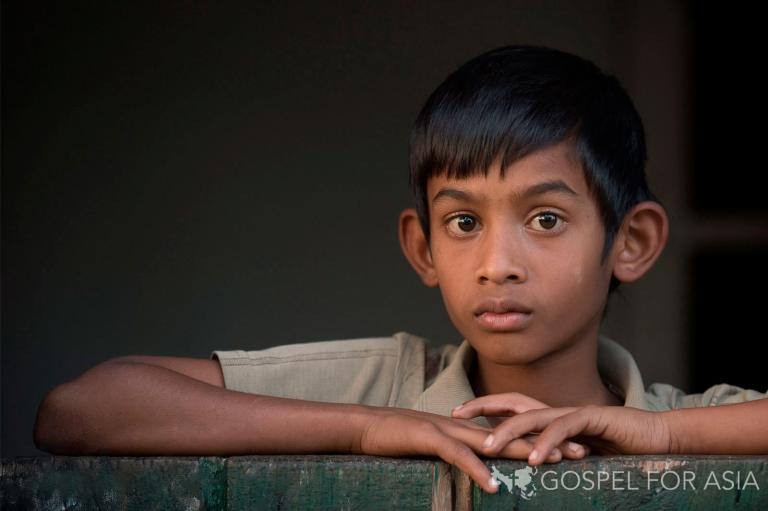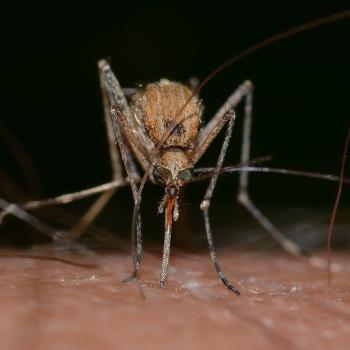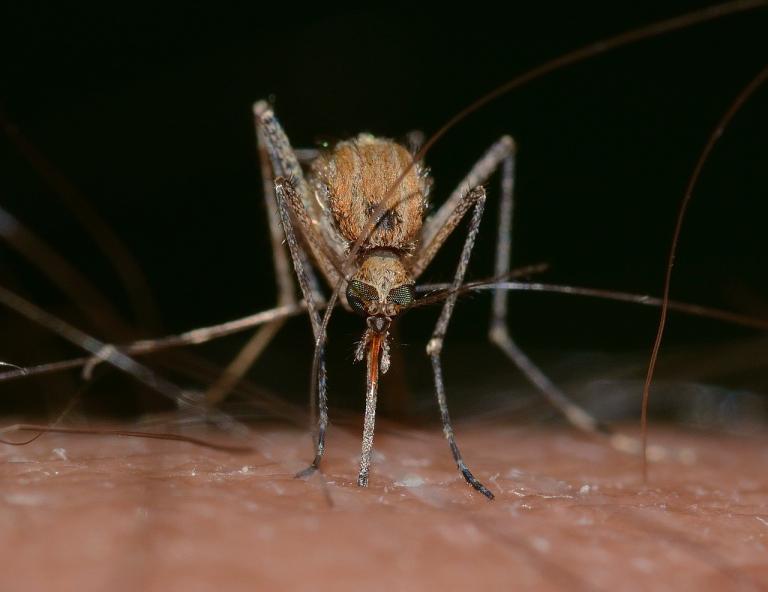Gospel for Asia (GFA World), Wills Point, Texas – Discussing the stories of Bridge of Hope center’s impact on the lives of thousands of children.
Hope. An optimistic state of mind based on an expectation of positive outcomes. Hope is a reason to keep on keeping on. It is a reason to keep on living. People without hope live in despair.
No one can reasonably say how many people live in despair. It is fair to say, however, that most people who live in abject poverty eventually lose the hope they once had. It is impossible to know exactly when that hope is lost, but for many, it is sometime during their childhood years when they begin to realize that the obstacles in the way to what they hope for are insurmountable.
As the hopes and joys of early childhood are clouded by the realities of their inability to escape their destitute life, despair creeps into their hearts until every ray of hope is replaced by a dark cloud of doom. They can’t get to where they had hoped to go from where they are.
There are more than 115 million children living in abject poverty in Asia. Multitudes of them have already lost hope as they realize they are locked into their plight by a combination of circumstances beyond their control.
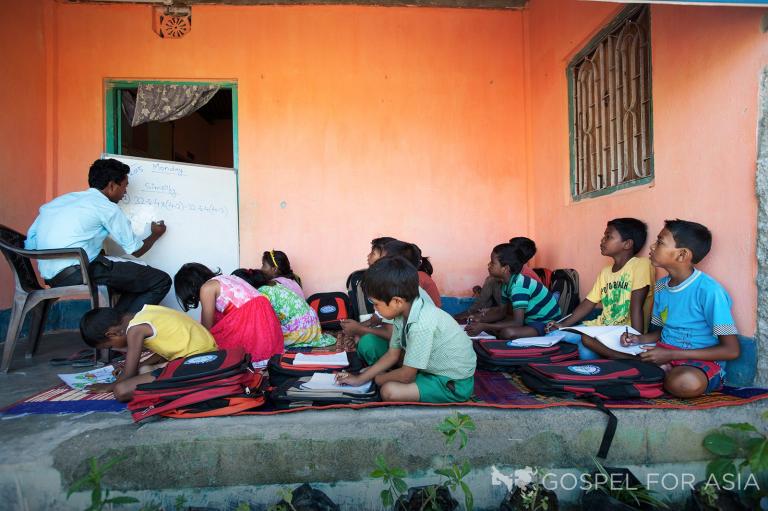
From Abject Poverty to Building a Bridge of Hope
Gospel for Asia (GFA)-supported Bridge of Hope centers build that bridge for tens of thousands of school-age children who have little or no opportunity for making a better life. That requires learning the fundamental skills and habits necessary for building that life. Each day spent at a Bridge of Hope facility is proverbially another plank in the bridge to returning to the hope they thought they had lost.
Children at Bridge of Hope centers receive:
- A quality education in which they learn to read and write—keys to a future of hope.
- A daily nutritious meal to build and maintain physical strength.
- Medical care that includes lessons in good personal hygiene and periodic physical checkups.
Bridge of Hope Staff Help Children Discover Their Potential.
Think about “potential” for a moment. Do you recognize the root of that word? It is “potent” which means “powerful.” When a child realizes they possess the power to change their future, hope is visible again, reachable just across the Bridge of Hope.
Staff members also help the children develop their creative abilities. Can you see the look on a child’s face when they have created something special and realize, “I didn’t know I could do that?”
Staff members lead them in community service projects where they can apply what they have been taught in a practical way. Think of the spark in a child’s mind when they realize, “I can help others to learn and help them to hope!”
Hope Renewed for Ratan
With an alcoholic father, young Ratan struggled with physical weakness and faced challenges socially. He struggled in his studies and spent much of his time at home, too fearful to speak to others or make any friends. At this rate, a bright future seemed unlikely for the scared and sickly little boy.
But then Ratan was enrolled into a Gospel for Asia (GFA)-supported Bridge of Hope center in his village. The Bridge of Hope staff had recognized Ratan’s need for assistance and decided to give him the opportunity to participate in the activities at the center and receive help with his education.
Ratan flourished at the Bridge of Hope center. Through the daily meal and the hygiene items he received, his sicknesses faded away, and he gained the strength of a normal young boy. He also grew stronger academically and improved in his studies.
The Bridge of Hope teachers and staff invested in Ratan’s life, encouraging him to take part in extracurricular activities. The teachers’ caring involvement in his life touched Ratan’s heart.
Ratan—once too shy to talk to strangers—now aspires to serve alongside his countrymen. He admired the love and concern for others that was demonstrated at the Bridge of Hope center and embraced those same values, laying a foundation that can guide him wherever he goes in the years to come.
A Bridge for Bala
When Bala turned 5 years old, her father died from a sudden illness, so her mother began working hard to feed the family. A year later, however, Bala’s mother fell sick and passed away, too.
Bala’s grandmother, Udita, was left to care for the little girl, but she was too old and feeble to work. With no one to help them, she and Bala struggled to get through each day.
When Bala arrived at the Bridge of Hope center, she wore shabby clothes and struggled to read and write, but the staff quickly began working with her. Instead of seeing her as a problem to be fixed, they showed her genuine love, treating her as their own daughter. As a result, Bala was completely transformed.
Today, Bala has been an orphan for six years, but she doesn’t live with the despair usually attached to her status. Instead, she comes to the Bridge of Hope center eager to sing and dance, certain that her life doesn’t lack anything—even parental love.
Beyond Hope
Gospel for Asia (GFA)-supported Bridge of Hope centers are transforming children’s lives. Hope is being restored. Obstacles that once seemed insurmountable, like abject poverty, are now hurdles that can be overcome. Poverty and despair are losing their power. Children, like Ratan and Bala, now have a bright future ahead of them.
=====
Learn more about how you can help support the Bridge of Hope program.
Click here, to read more blogs on Patheos from Gospel for Asia.
Go here to know more about Gospel for Asia: Twitter | GFA Reports | GFA.net | Instagram
Sources:
- GFA Reports, Timid Boy Now Aspires to Serve His Country
- GFA Reports, Regaining Love Lost
Image Source:
- Gospel for Asia, Photo of the Day




